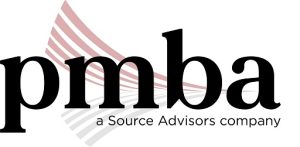Internal Use Software
Not all software is developed to be commercially sold, leased, licensed, or otherwise marketed to third parties and instead can be developed by the taxpayer primarily for internal use by the taxpayer for use in general and administrative functions such as financial management, human resource management, and support services if they support the taxpayer’s trade or business. For Internal Use Software (IUS) to be eligible, it must satisfy the four-part test as well as an additional three-part test. The three parts of the test are:
- “The software is innovative in that the software would result in a reduction in cost or improvement in speed or other measurable improvements, that is substantial and economically significant if the development is or would have been successful;
- Software development involves significant economic risk in that the taxpayer commits substantial resources to the development and there is substantial uncertainty, because of technical risk, that such resources would be recovered within a reasonable period; and
- The software is not commercially available for use by the taxpayer in that the software cannot be purchased, leased, or licensed and used for the intended purpose without modifications that would satisfy the innovation and significant economic risk requirements.”
Dual Function Software
Software that is developed by the taxpayer for both internal and external use is developed primarily for a taxpayer’s internal use unless a subset of elements of dual function software that only enables a taxpayer to interact with third parties or allows third parties to imitate functions.
As the industry develops, artificial intelligence and machine learning technology are expected to play a much larger role. Business models are changing, and SaaS solutions can help a wide variety of industries. Initial releases of applications and developing system software typically entail development uncertainties related to process scheduling and memory management as well as keeping all information safe and secure. Having a process of experimentation to resolve software development uncertainties is very typical of software companies and a major component in qualifying for the RTC.
Please contact us with any questions about the Federal Research and Development Tax Credit Program.

